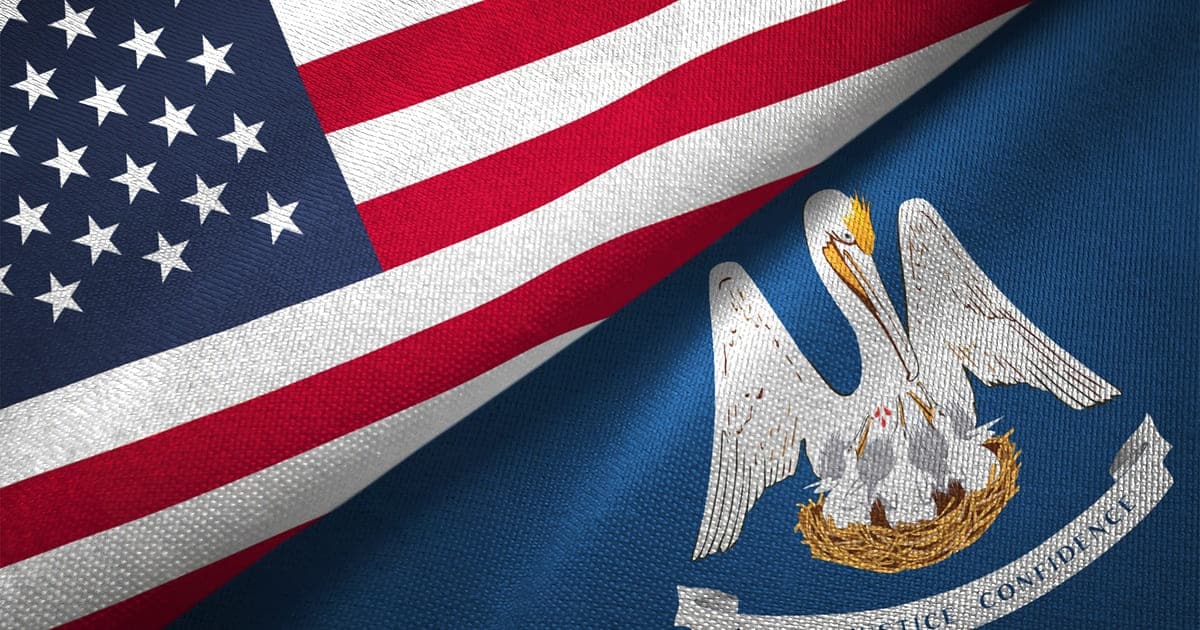
The Mint has a Unique Distinction in American History
The New Orleans Mint was an important minting facility during the history of the United States. Built to answer the needs of the burgeoning U.S. economy, it is the only U.S. Mint facility to actually operate under three different authorities.
The U.S. Mint was opened in Philadelphia in 1792. It served as the principal place where U.S. coinage was struck for many years. But in the 1830s, as gold was discovered in North Carolina and then in Georgia, the Treasury Department decided to open branch mints in Dahlonega, Georgia, and Charlotte, North Carolina, to allow for that gold to be minted into coinage without needing to be transported to Philadelphia.
The Treasury Department also established that a U.S. Mint be built in New Orleans at the same time because the city was the most important southern port in the United States. Located on the Mississippi River, New Orleans was a central hub for a great deal of commercial trading activity. Cotton, tobacco, and other crops were shipped from the southern states to other U.S. locations and to Europe. Gold coming from Mexico and South America came through this port as well.
Did the New Orleans Mint Strike Silver?
While Charlotte and Dahlonega struck gold coins only, the New Orleans Mint struck gold and silver coinage. Beginning in 1839, the mint struck significant numbers of gold coins and a year later struck millions of silver coins. By 1850, New Orleans became the most important branch mint due to the volume of coins struck, but that would end during as the San Francisco Mint struck millions of gold coins beginning in 1854.
Confederate States of America and the New Orleans Mint
In 1860, Abraham Lincoln was elected president of the United States. His election put the nation on a collision course between the Northern and Southern States. Though the mint had been in operation from 1838 until January 1861, it ceased operations in January due to the pending conflict.
Louisiana passed a law stating that federal employees in the state could remain at their jobs, but they would become employees of the State of Louisiana. In February 1861, an inventory was taken of the holdings of the New Orleans Mint and nearly $484,000 in gold and silver were appropriated by Louisiana from the federal government. The mint was officially transferred (or taken over) from the federal government by the state of Louisiana.
The “O” Mintmark
A month later in March 1861, Louisiana joined the Confederate States of America, and all New Orleans Mint officials kept their jobs. But now they were working for the Confederacy. They began striking coins for the Confederacy but using the Union dies with an “O” mintmark.
Of the 2.5 million 1861-O Liberty Seated Half Dollars struck, nearly 1 million of them were struck while the New Orleans Mint was a Confederate facility. There were spent in Louisiana and in other Confederate states as hard currency was scarce.
New Orleans Mint Rare Half Dollars
The mint attempted to strike these same half dollars with a Confederate States of America reverse, but only four are known. One was reported to have been in the possession of Confederate States of America President Jefferson Davis and sold for a large sum at auction. The other three are in “strong hands.”
The New Orleans Mint was officially closed in 1911 but holds the distinction today of having operated under three separate flags, as did no other mint in United States history. The three flags were the federal, state of Louisianan, and the Confederate States of America flags.




